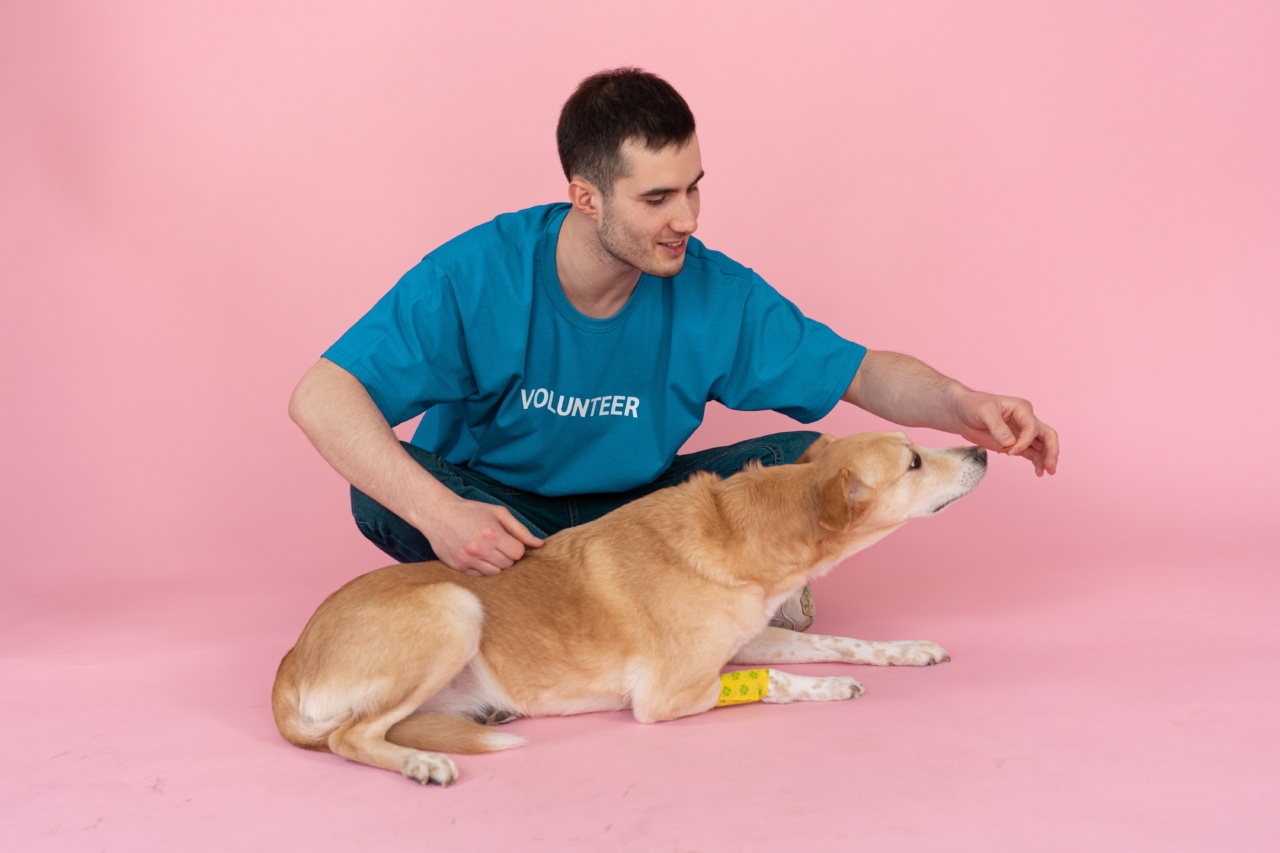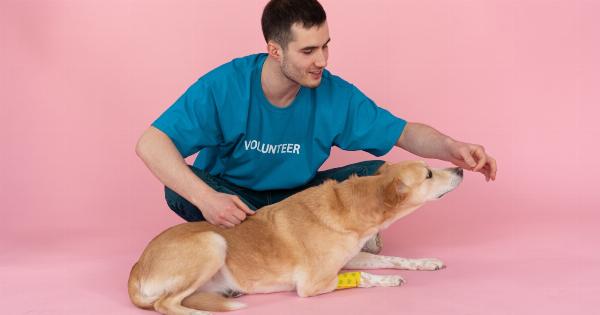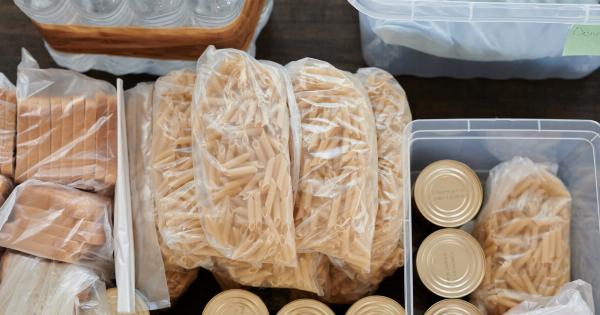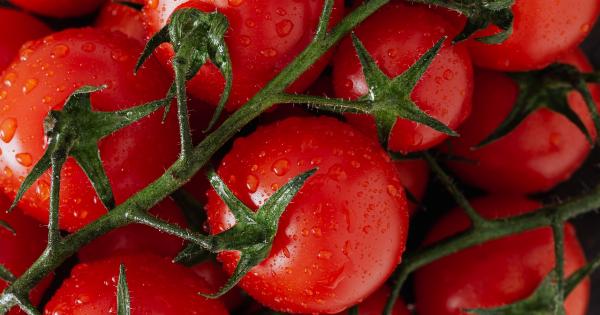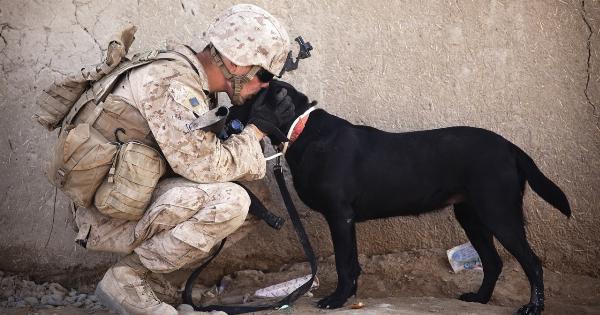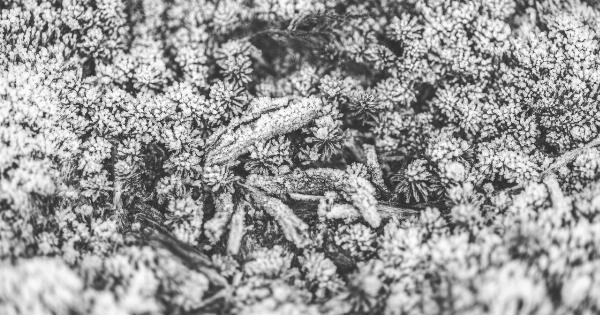Raw food for dogs has grown in popularity among pet owners over the past few years. Advocates of raw diets believe it can help improve their dogs’ health, coat, and overall well-being.
However, before jumping into a new diet, it’s essential to consider a few things to ensure you’re doing what’s best for your pup. Here’s what you need to know before giving raw food to your dog.
1. Consult with Your Veterinarian
Before switching your dog to a raw food diet, it’s essential to consult with your veterinarian. They will be able to provide guidance on whether or not a raw diet is appropriate for your dog based on their specific health needs, age, and breed.
Additionally, your veterinarian can help ensure that your dog is getting all the necessary nutrients for a balanced diet.
2. Ensure Proper Storage and Handling
Raw food can be a potential source of harmful bacteria, such as E. coli and salmonella. Proper storage and handling are essential to minimize the risk of illness.
Store raw food in the freezer until it’s ready to be used, and use separate utensils and cutting boards for raw meat. It’s also important to wash your hands thoroughly after handling raw food.
3. Gradually Transition Your Dog To Raw Food
It’s essential to make the transition to a raw diet gradually. Abrupt dietary changes can cause digestive upset, leading to vomiting and diarrhea.
To avoid these issues, gradually introduce raw food into your dog’s diet by mixing a small amount of food in with their current diet. Slowly increase the amount of raw food and decrease the amount of the previous diet over the period of several weeks until your dog is eating only raw food.
4. Ensure Proper Nutritional Balance
It’s critical to ensure that your dog is getting all the necessary nutrients for a balanced diet. A raw food diet should consist of a variety of proteins, fruits, and vegetables.
There should be a balance of muscle meat, organ meat, and bones, as well as variety in the proteins used. Vitamin and mineral supplements may also be necessary to ensure that your dog is receiving adequate nutrition. Consult with your veterinarian or a veterinary nutritionist to ensure that your dog is receiving proper nutrition.
5. Don’t Rely on Raw Food Alone
A raw diet alone may not meet all your dog’s nutritional needs. Supplements may be necessary, and adding a little bit of high-quality kibble or cooked food to the diet may also be beneficial.
It’s crucial to balance your dog’s diet to ensure they are getting all the nutrients they need to stay healthy.
6. Pay Attention to Your Dog’s Health
Paying attention to your dog’s health is essential when you switch to a raw diet. Watch for any unusual changes such as changes in appetite, vomiting, diarrhea, or lethargy. If you notice any unusual symptoms, consult with your veterinarian immediately.
Keep track of your dog’s weight and condition to ensure that they are thriving on the new diet.
7. Be Prepared for Higher Costs
A raw food diet can be more expensive than a traditional kibble diet. The cost will depend on the type and quality of raw food used. Dogs may also need supplements to balance their diets, which can add to the overall cost.
Be prepared for the additional cost before switching to a raw diet.
8. Be Mindful of Potential Risks
While raw food diets can provide many benefits, they can also come with potential risks. Dogs can suffer from nutritional imbalances which can lead to various health issues.
Raw food can also be a potential source of harmful bacteria, leading to food poisoning. It’s essential to educate yourself thoroughly on the risks and benefits of a raw diet before making any dietary changes for your dog.
9. Choose the Right Food for Your Dog
Not all raw foods are created equal. Some may be more appropriate for your dog’s specific needs. For example, some dogs may have allergies or intolerances to certain proteins, while others may require specific nutrients to support their health.
When selecting raw food, read the ingredients carefully and choose a high-quality food that meets your dog’s specific nutritional needs.
10. Consider Your Lifestyle
Consider your lifestyle before making the switch to a raw diet. A raw diet requires more preparation and time than traditional kibble diets. It also requires proper storage and handling to ensure that the food remains safe to eat.
If you have a busy lifestyle, a raw diet may not be the best choice for your dog.
Conclusion
Switching to a raw food diet can provide many benefits for your dog’s health and overall well-being.
However, before making any dietary changes, it’s essential to consider all the factors, including your dog’s specific nutritional needs, the potential risks associated with a raw diet, and your lifestyle. Consult with your veterinarian and always prioritize your dog’s health and well-being above all else.
